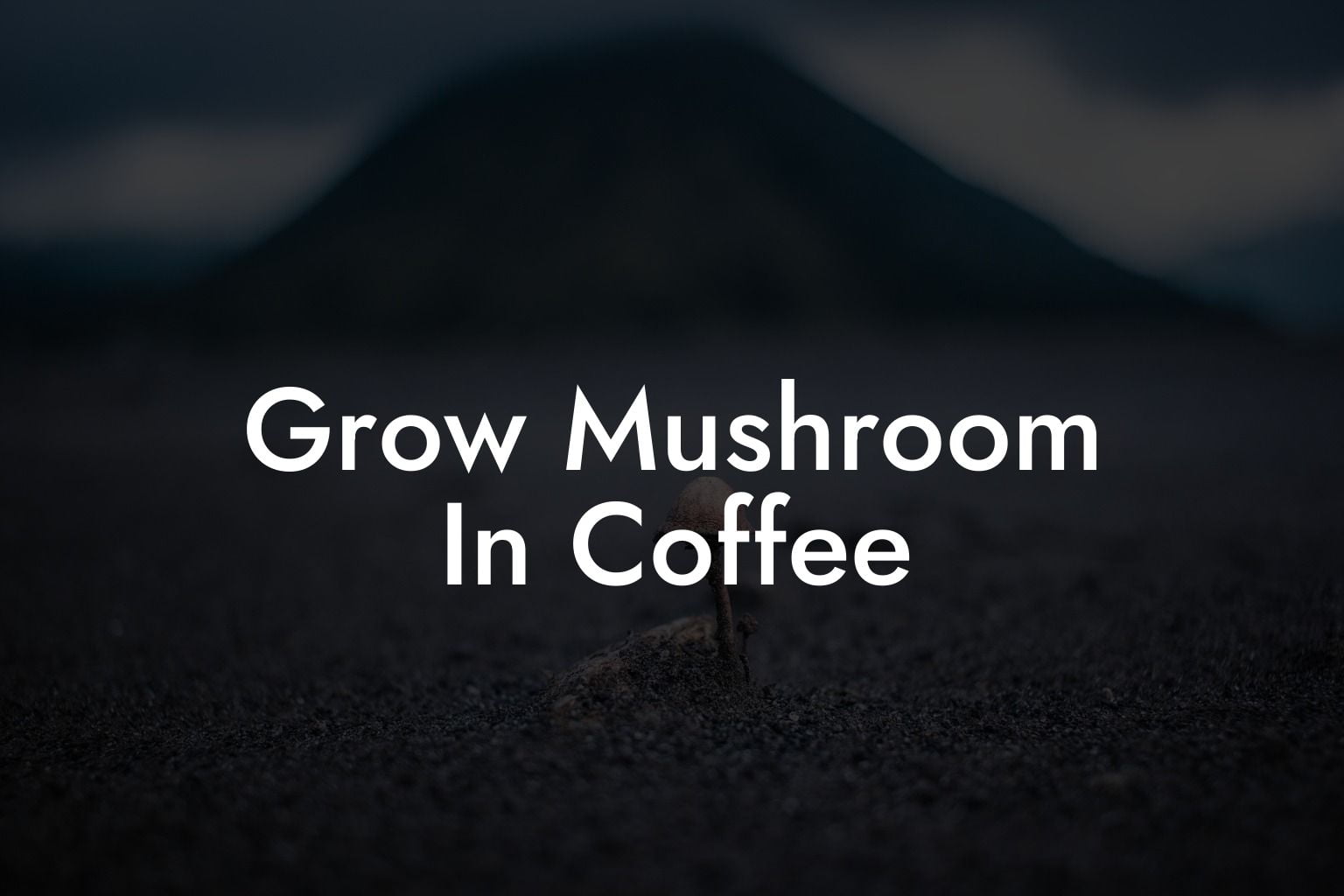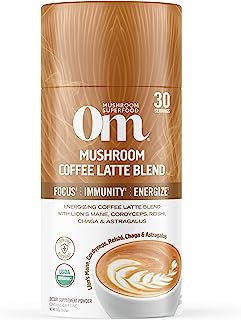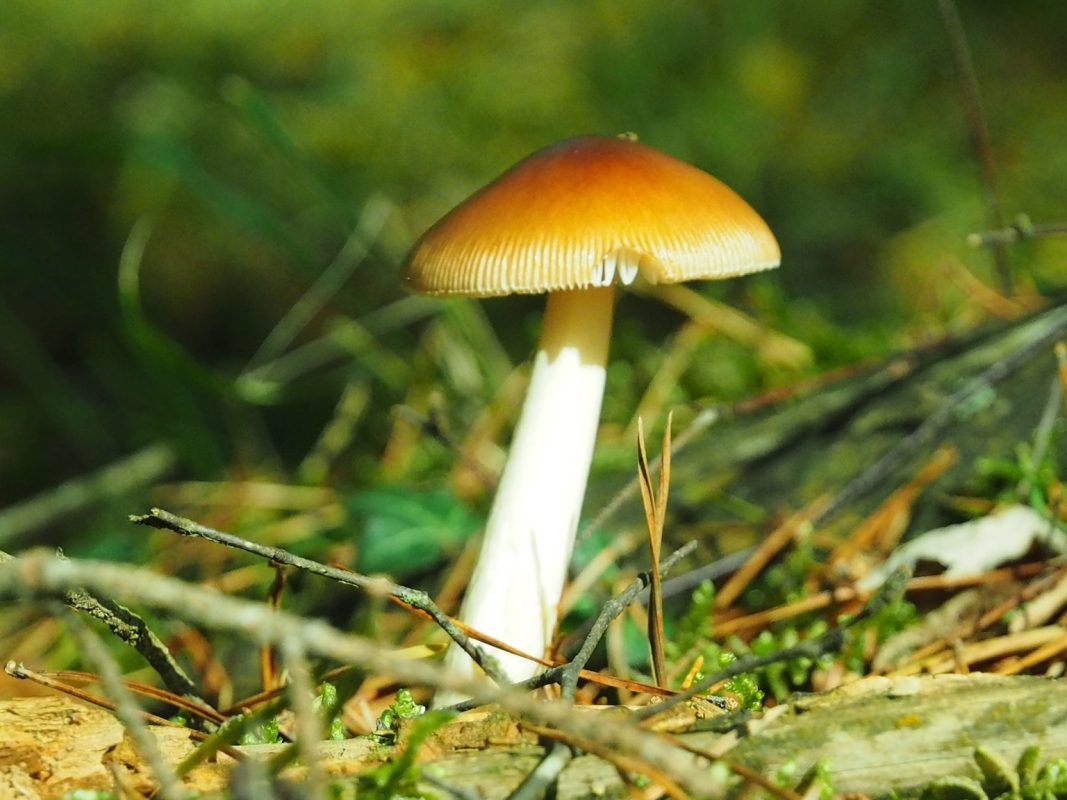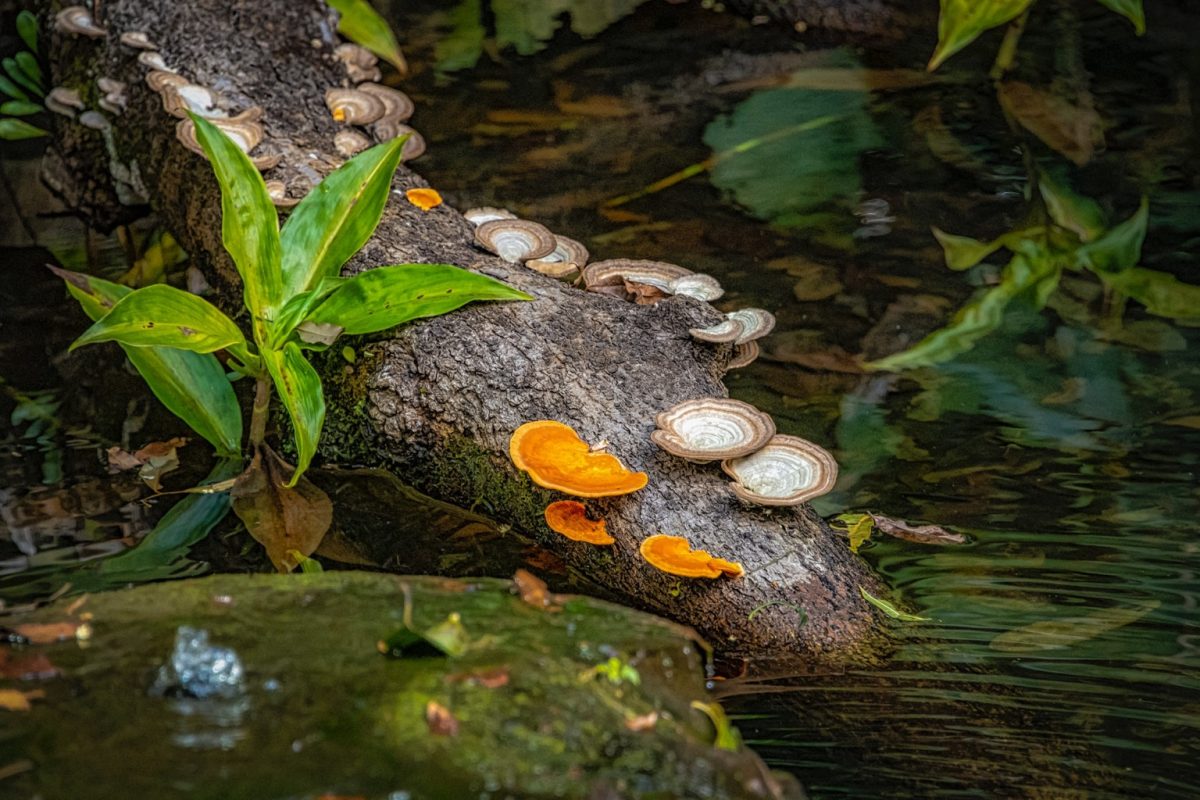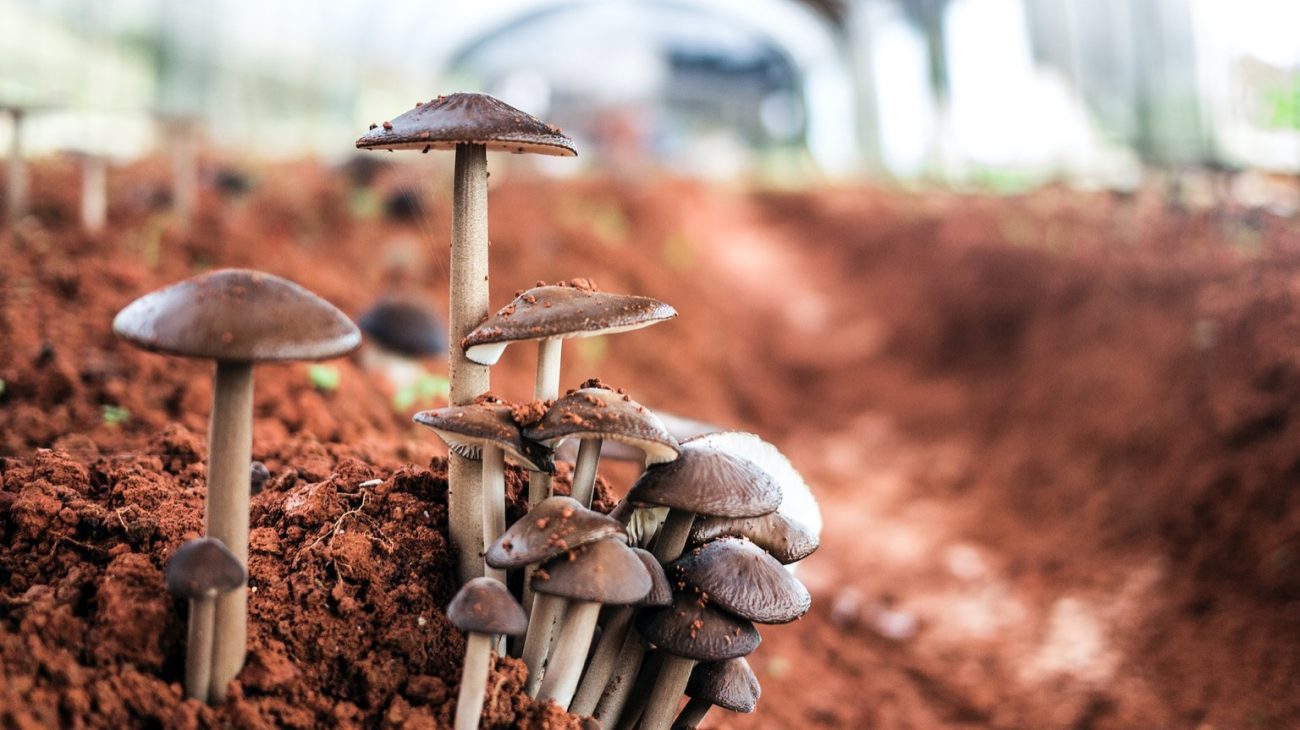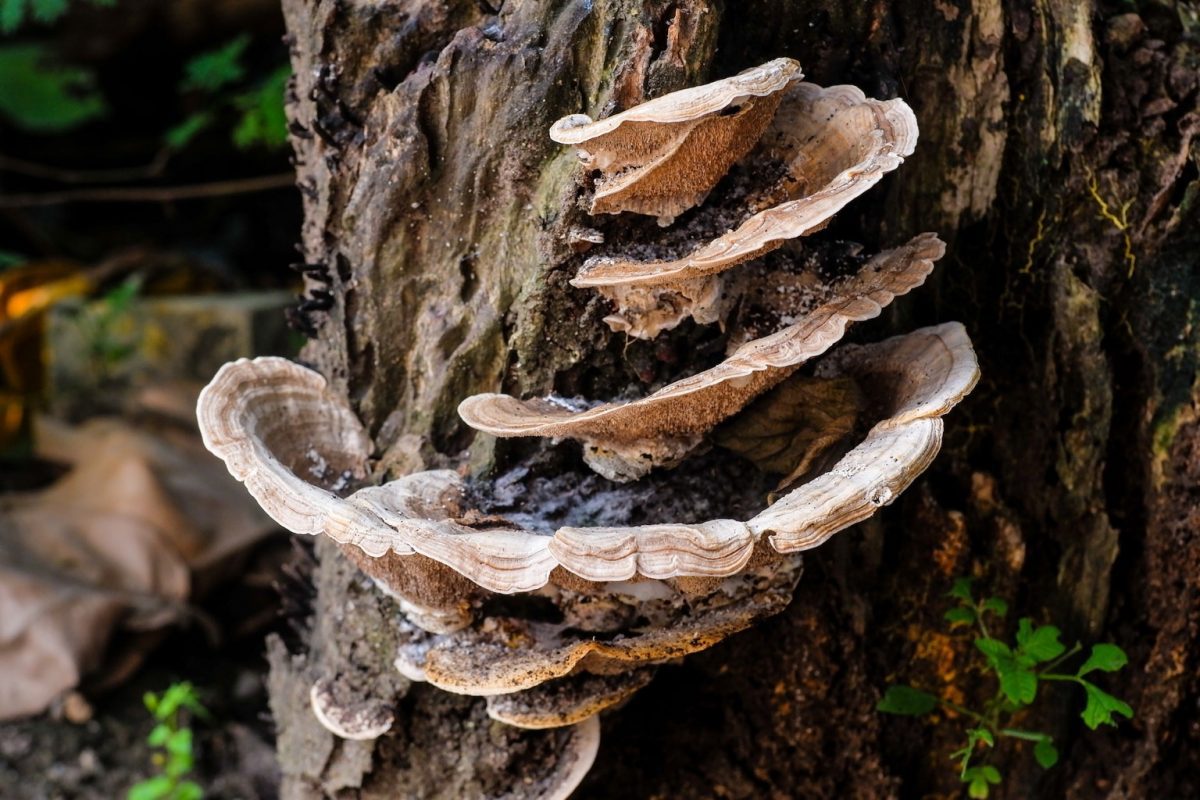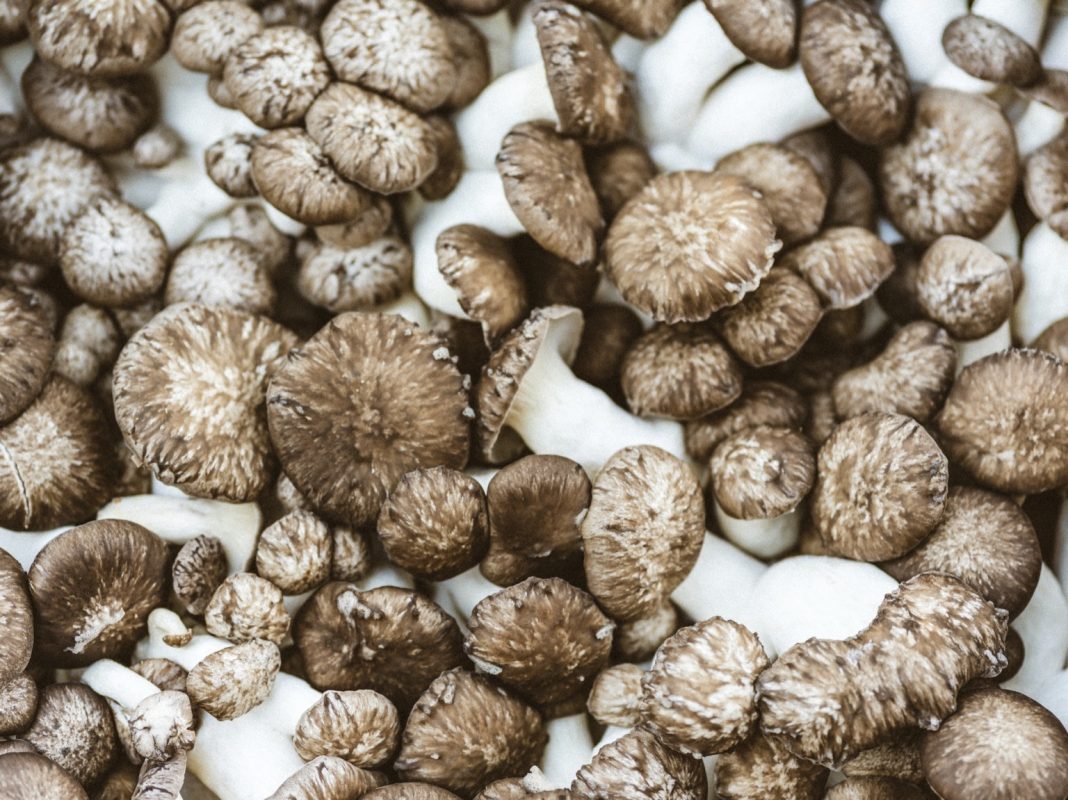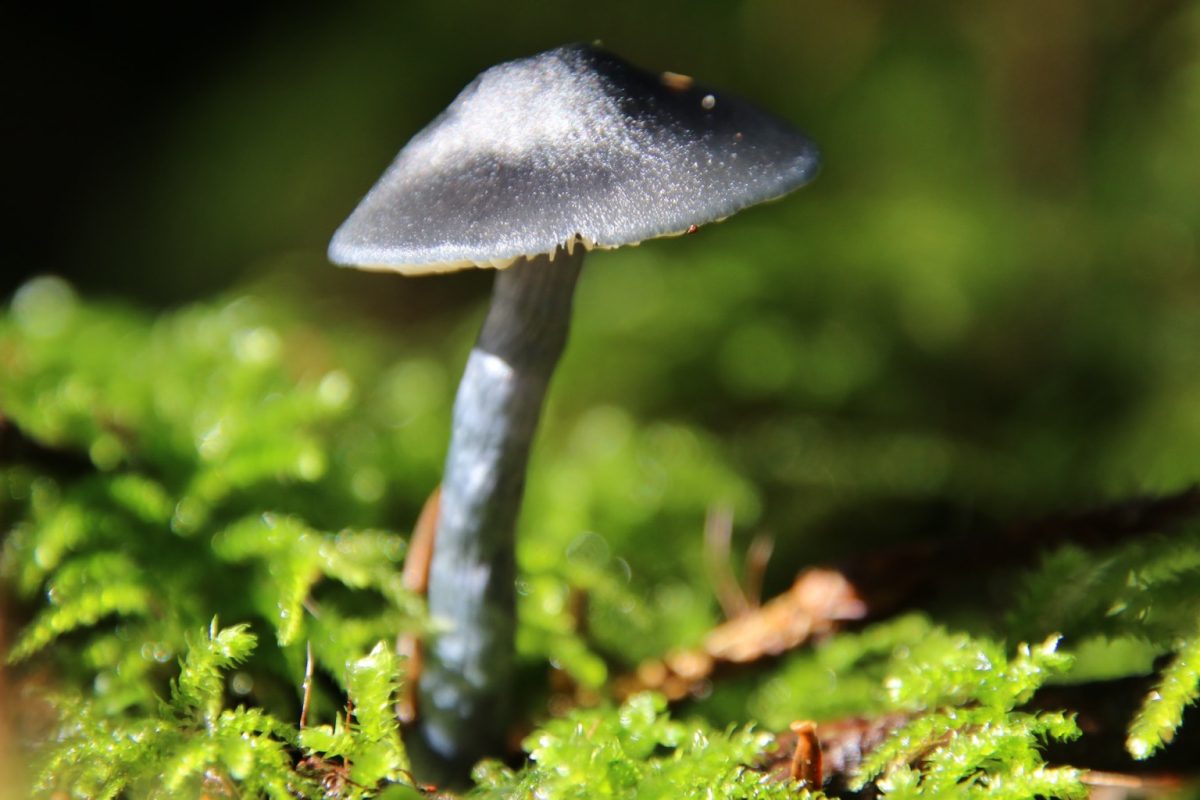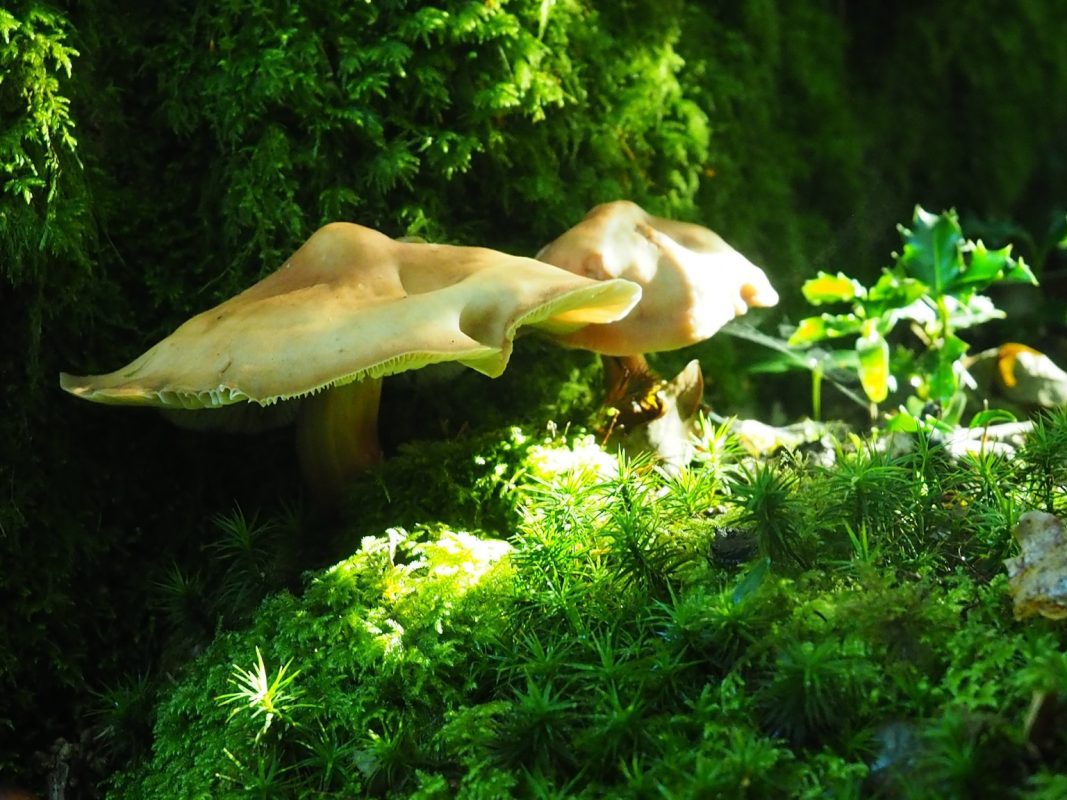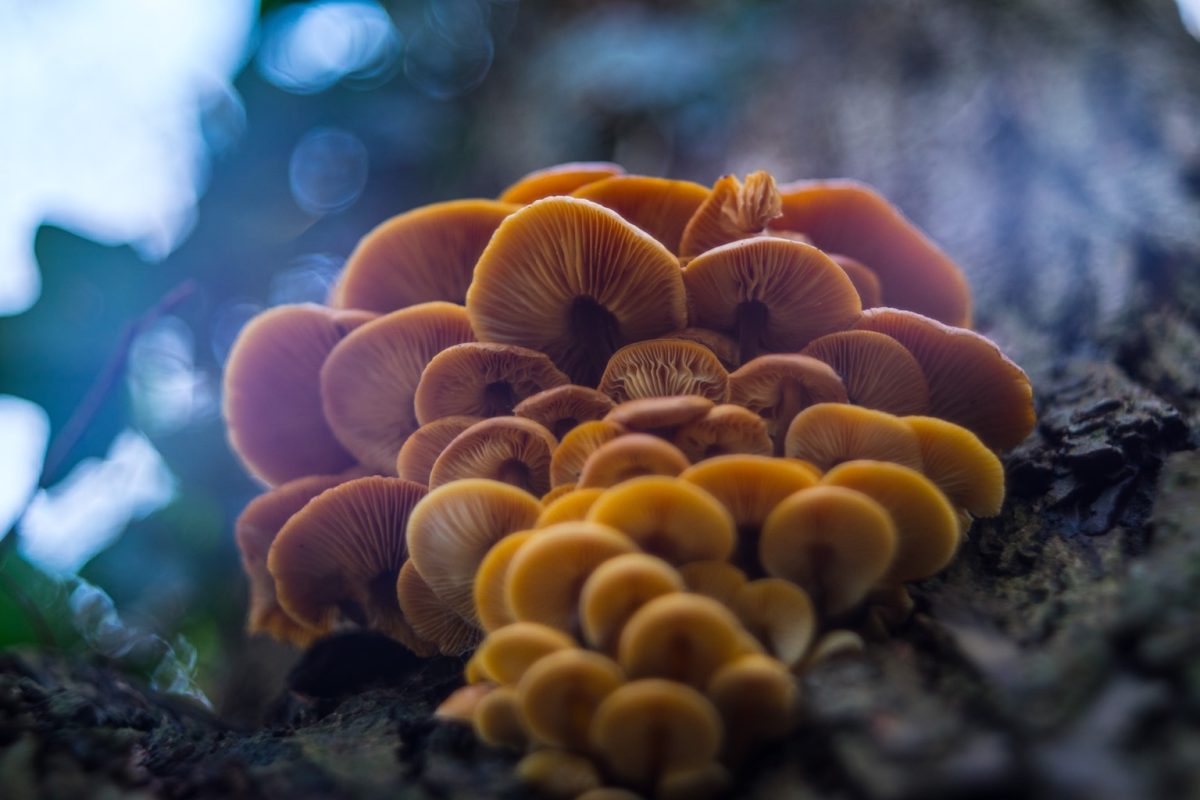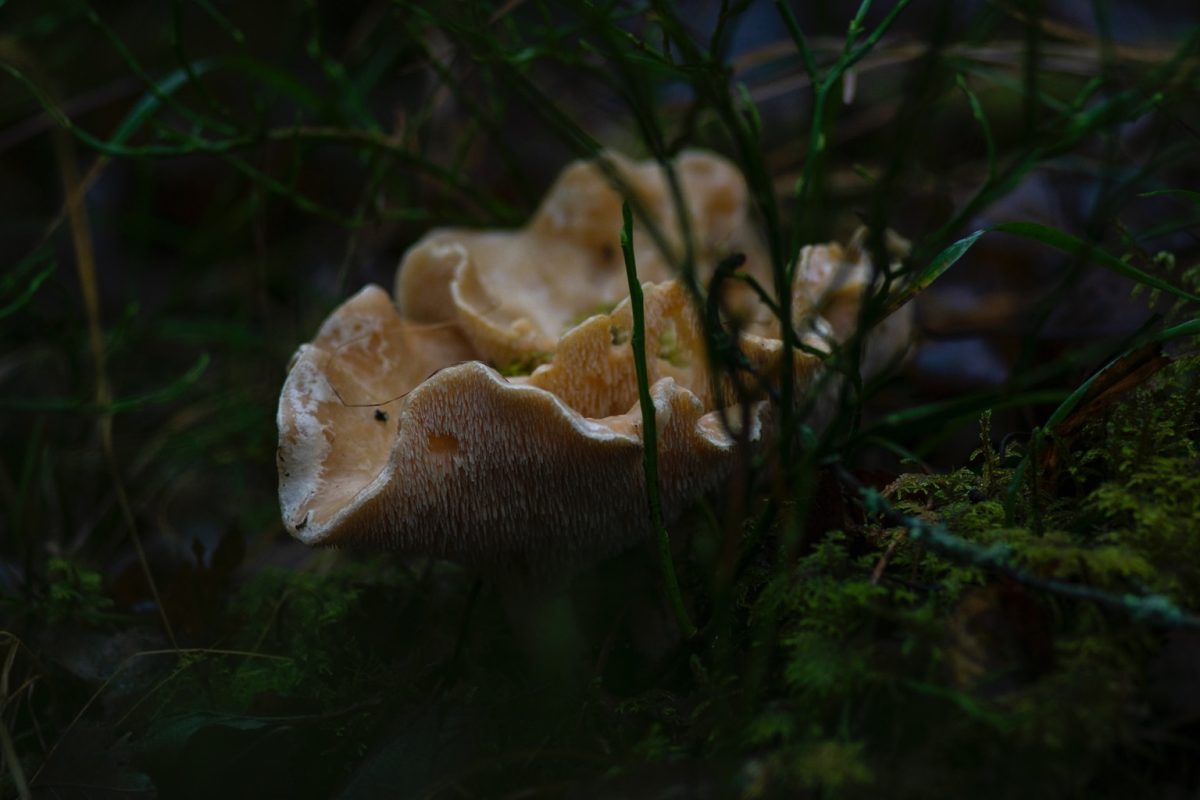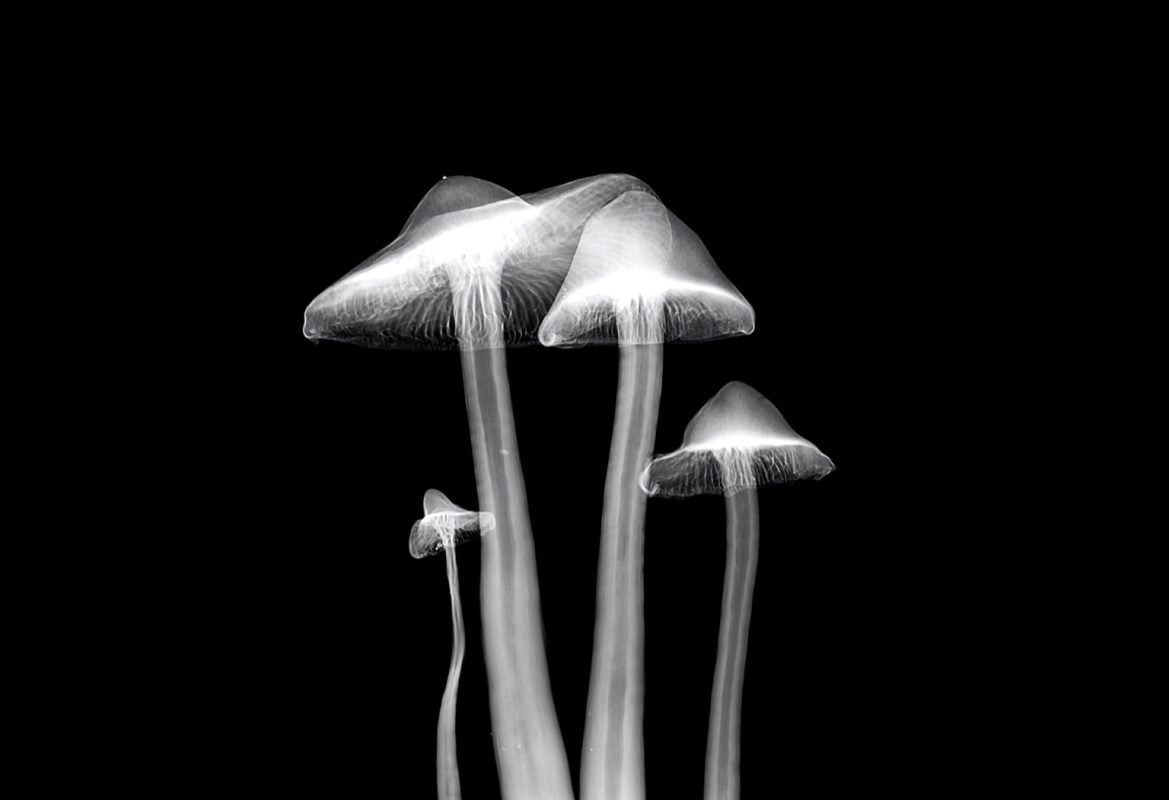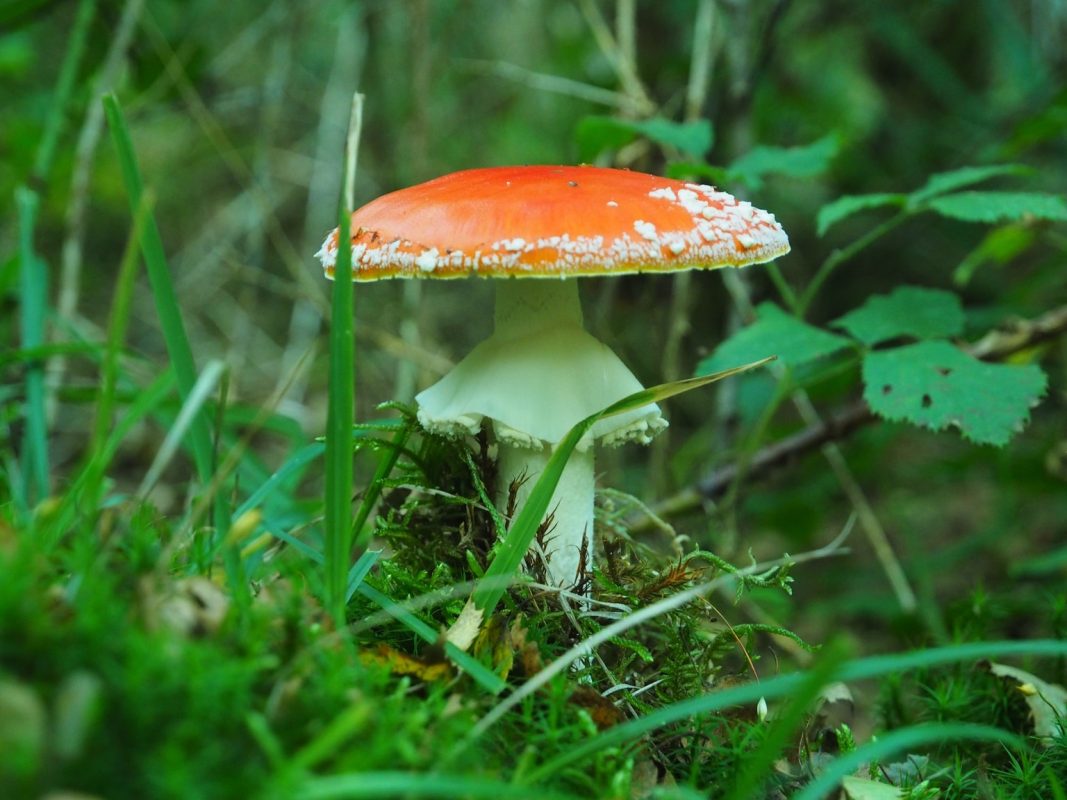Ever wondered what happens when your morning brew meets the mystique of mushrooms? Picture your favorite coffee getting a funky, forest-inspired upgrade, a magical blend where sustainability, science, and a dash of whimsy collide to create a one-of-a-kind beverage experience. Whether you're a die-hard coffee aficionado, a nature-loving foodie, or just someone intrigued by the latest eco-hack, growing mushrooms in coffee is the trend that’s brewing up a revolution. This guide will take you on a wild ride through the process, benefits, and vibrant community behind mushroom coffee, all while serving up a healthy dose of humor, fun, and a bit of down-to-earth science to keep things real.
Quick Links to Useful Sections
- The Fascinating World of Mushroom Coffee: A New Twist on Your Daily Grind
- Why Combine Mushrooms with Coffee? The Health and Sustainability Connection
- Step-by-Step Guide: How to Grow Mushrooms in Your Coffee Grounds
- Materials You’ll Need
- Preparing the Substrate
- Inoculating the Substrate
- Creating the Ideal Environment
- Monitoring Growth and Harvesting
- The Science Behind Mushrooms and Coffee Grounds: Understanding the Magic
- Practical Tips and Tricks for Successful Cultivation
- Integrative Recipes and Creative Uses: From Brew to Table
- Resources and Community Support: Your Next Steps in the Mushroom Coffee Movement
- Growing Pains: Overcoming Challenges in Your Mushroom Coffee Journey
- Future Innovations: The Evolving Frontier of Mushroom Coffee
- Mushroom Coffee FAQs: Your Questions Answered
- Your Journey to a Fungal Future: Embrace the Mushroom Coffee Revolution
The Fascinating World of Mushroom Coffee: A New Twist on Your Daily Grind
Once relegated to the realm of quirky Instagram posts and urban legends, mushroom coffee has now unseated itself as the ultimate fusion of nature and nurture in your cup. Gone are the days when coffee was just about caffeine jolt; today, it's about infusing your perk-up potion with nutrient-packed mushrooms and repurposing spent coffee grounds for new growth. Whether you're into rewilding your kitchen, embracing sustainability, or simply curious about innovative food trends, this guide is your one-stop resource for everything mushroom coffee.
But wait, what exactly is mushroom coffee? At its core, it's a blend that marries the robust flavors of coffee with the earthy, umami undertones of medicinal mushrooms like lion’s mane, reishi, or chaga. Beyond the taste, these fungi offer adaptogenic properties that promise improved focus, reduced stress, and a boost in overall wellness. And while you might have seen pre-packaged versions on store shelves, the true magic lies in growing your own mushroom-infused brew using used coffee grounds. It’s DIY sustainability with a twist, a process that gives your everyday waste a second, far more exciting life.
In the following sections, you'll discover not just how to grow mushrooms using coffee but also why this method is celebrated among Gen-Z and millennials looking to make eco-friendly choices without sacrificing flavor or fun. Get ready to dive into a world where every cup tells a story of innovation, natural nourishment, and a bit of experimental audacity.
Why Combine Mushrooms with Coffee? The Health and Sustainability Connection
At the intersection of wellness and sustainability lies a groundbreaking idea: why not give coffee a second life by growing mushrooms on its grounds? When you think about it, coffee grounds are nothing short of a miracle substrate, rich in nutrients, organic, and screaming for a comeback rather than being tossed in the trash. This eco-hack not only reduces waste but also creates an environment where mushrooms can thrive.
Looking For The Best Mushroom Coffee? You'll Love These:
From a health perspective, adding mushrooms to your brew can turn your cup of joe into a functional drink. Medicinal mushrooms have been revered across cultures for centuries. They’re known to boost immunity, enhance cognitive function, and help manage stress. Have you ever felt the mid-afternoon slump or experienced a jittery crash after too many espressos? Combining coffee with mushrooms can help balance these effects by providing a smoother, longer-lasting energy release. Think of it as upgrading your regular cup with a natural adaptogen combo that supports both your brain and body.
Moreover, this method aligns perfectly with the Gen-Z and millennial ethos of sustainability. Rather than contributing to the throwaway culture, you transform a common waste product into something useful, edible, and delicious. It’s a win for your health, a win for the planet, and a win for your Instagram feed, because nothing says “responsible living” like a homegrown, eco-chic beverage.
So, why not join the movement that’s redefining what it means to “wake up and smell the coffee”? By harnessing nature’s own mushrooms and transforming spent grounds, you’re not only brewing a better beverage but also contributing to a more sustainable planet.
Step-by-Step Guide: How to Grow Mushrooms in Your Coffee Grounds
Ready to get your hands dirty (in the best possible way) and transform your leftover coffee into a fungal treasure trove? Follow our detailed, easy-to-follow guide below and become a pioneer of this quirky, eco-savvy trend.
Materials You’ll Need
Fresh Coffee Grounds: Use grounds from your daily brew. Fresh, unused coffee grounds are ideal as they provide the most nutrients. If you’ve been hoarding your Monday morning espresso leftovers, now’s the time to surrender them for a greater cause.
Mushroom Spores or Spawn: While several species can flourish on coffee grounds, oyster mushrooms are a popular choice for beginners. They’re resilient, fast-growing, and have a pleasantly mild flavor. Experiment with other species like shiitake or lion’s mane once you nail the basics.
Growing Container: A clean bucket, plastic container, or even a DIY terracotta pot can work. The key is ensuring good drainage and adequate ventilation. If you’re feeling fancy, repurpose an old coffee can, talk about paying homage to your beverage!
Water and a Spray Bottle: Proper moisture is crucial for mushroom mycelium to develop. A spray bottle helps you maintain a consistent humidity level without soaking the grounds.
Optional Additives: Some enthusiasts swear by adding a small amount of vermiculite or perlite to enhance the substrate’s water retention properties. Others might mix in sawdust or straw to diversify the nutrient profile. Feel free to experiment and see what works best for your local conditions.
Preparing the Substrate
1. Collect Your Coffee Grounds: After brewing, save your coffee grounds in a clean container. It’s best to use them within 24 hours, as old grounds can accumulate bacteria that may hinder mushroom growth.
2. Mixing in Nutrients: To give your mushrooms a nutritious bed, blend your coffee grounds with any optional additives. This might include small amounts of vermiculite or even some shredded paper. The goal is to create a balanced, airy substrate that mimics the mushroom’s natural habitat.
3. Sterilizing (Optional): While not absolutely necessary for every species, lightly pasteurizing your mix by heating it gently can reduce contamination risks. Be careful not to cook the grounds, just a warm bath in hot water for 20 minutes should suffice.
Inoculating the Substrate
1. Add Your Mushroom Spores or Spawn: Once your substrate has cooled (if you went the pasteurizing route), sprinkle the mushroom spawn evenly across the mixture. Mix it in gently to ensure an even distribution of the spores.
2. Fill Your Growing Container: Transfer your inoculated mix into your chosen container. Do not pack the substrate too tightly; mushrooms need space to expand.
Creating the Ideal Environment
1. Maintain Humidity: Use your spray bottle to mist the substrate regularly. Think of it as giving your future fungi a refreshing facial. The ideal humidity level is between 80-90%.
2. Proper Ventilation: While mushrooms thrive in humid conditions, fresh air is equally vital. Pick a spot that receives indirect sunlight, too much direct light can dry out your substrate.
3. Temperature Control: Most mushroom species, especially oyster mushrooms, prefer temperatures between 55°F to 75°F (13°C to 24°C). If your kitchen tends to be a tropical sauna, consider storing your container in a cooler, less-trafficked area.
Monitoring Growth and Harvesting
After around 10-14 days, you should start to see the white, thread-like mycelium spreading through your coffee grounds. This is a sign that your mushrooms are gearing up for fruiting. When small mushroom pins (baby mushrooms) emerge, your work is paying off!
The ideal time to harvest is when the caps are still tightly closed, typically 3-7 days after the pins appear. Harvest by gently twisting or cutting them off at the base, and enjoy your freshly grown mushrooms in a delicious mushroom coffee blend, savory stir-fry, or even a salad.
Growing mushrooms in coffee is not only therapeutic but also a perfect conversation starter at your next brunch or Zoom call. It’s an experiment that marries science with sustainability, one that transforms everyday waste into a gourmet delight.
The Science Behind Mushrooms and Coffee Grounds: Understanding the Magic
At first glance, combining leftover coffee grounds with mushroom spores might seem as odd as pairing avocado with chocolate, but there’s real science behind this unconventional union. Coffee grounds are surprisingly nutrient-rich, loaded with nitrogen, organic matter, and compounds that can serve as a feeding ground for fungal mycelium. In other words, what some might toss out is actually a hidden treasure trove for nurturing mushrooms.
Mushrooms are nature’s ultimate recyclers. Their mycelium breaks down complex organic compounds, converting waste into energy and new growth. When you mix in coffee grounds, you’re essentially giving your fungi a head start. The grounds provide a welcoming habitat, rich in compounds that promote faster colonization and fruiting. Think of it as upgrading your coffee’s resume, now it’s not just a morning booster, but a full-blown incubator for culinary innovation.
Recent studies have also shown that coffee grounds, when repurposed as a substrate, can create a microenvironment that minimizes competing mold species while still offering the essential nutrients required for mushroom growth. The slight acidity of coffee grounds, contrary to popular belief, can be balanced with other additives, allowing your chosen mushroom species to flourish. It’s a delicate dance of chemistry and biology, and if you get it right, the result is nothing short of revolutionary.
For the curious mind, this symbiotic relationship between coffee and mushrooms is a testament to nature’s endless possibilities. Both elements have evolved over millennia, adapting to use every available resource, and here you are, harnessing that adaptability to craft something that’s as beneficial as it is innovative.
Practical Tips and Tricks for Successful Cultivation
Even the most intrepid mushroom cultivator can hit a snag along the way. Fear not! Whether you’re a seasoned DIYer or a curious beginner, these practical tips will help ensure your mushroom coffee experiment turns into the success story it’s meant to be.
Tip 1: Keep It Clean – Contamination is the arch-nemesis of mushroom cultivation. Always start with clean containers and work surfaces. A quick wipe-down with rubbing alcohol can make a world of difference.
Tip 2: Patience is a Virtue – Mushroom growth is a slow dance. Don’t be alarmed if nothing seems to be happening at first. Keep the environment consistent in temperature and humidity, and eventually, the mycelium will take over.
Tip 3: Learn from the Experts – Tap into online communities, YouTube channels, and local workshops dedicated to mushroom cultivation. There’s a treasure trove of tips and hack-tips from those who’ve already navigated the fungal frontier.
Tip 4: Experiment with Ratios – Don’t be afraid to adjust the mix. Your coffee grounds can be blended in various ratios with other substrates (like sawdust or straw) to see which combination yields the best growth for your chosen mushroom species.
Tip 5: Monitor Daily – A quick daily check can help you catch any deviations early, be it drying out or unwanted mold. Use that trusty spray bottle frequently and ensure that your container always has some air circulation.
Remember, every failed batch is just a stepping stone towards a more successful harvest. Embrace the trial and error, and celebrate the small victories, each spontaneous burst of mycelium is a win!
Integrative Recipes and Creative Uses: From Brew to Table
So you’ve been nurturing your coffee grounds and watching mushrooms unfurl like little nature miracles. But what next? Rather than shelving your harvest, why not turn it into the star ingredient in your culinary repertoire? The fusion of coffee and mushrooms isn’t just a novel conversation piece, it’s a versatile ingredient for both beverages and savory dishes.
Mushroom Coffee Latte: Blend your homegrown oyster mushrooms into a smooth paste and incorporate it into your morning latte. The result is a velvety, earthy beverage that balances caffeine with a subtle umami kick. Add in a dash of cinnamon or cacao for extra flair.
Savory Mushroom-Infused Broth: Use your cultivated mushrooms to create a rich broth that’s perfect as a base for soups, stews, or even as a unique dipping sauce. Infused with the residual flavors of coffee, this broth offers a complex, layered taste that will dazzle your taste buds.
Fungal Energy Bites: For a quick snack to power through your day, blend dried mushroom powder with dates, nuts, and a drizzle of your favorite coffee syrup. These energy bites are perfect for a mid-day pick-me-up without the crash.
Mushroom Coffee Smoothie: Combine a shot of cold brew, a handful of spinach, a sprinkle of mushroom powder, and your favorite frozen fruits for a nutritious and vibrant smoothie. This concoction is not only refreshing but also packs an adaptogenic punch perfect for those hectic mornings.
By incorporating your self-grown mushroom coffee ingredients into recipes, you’re not only enjoying a healthier lifestyle but also supporting a sustainable ecosystem that bridges the gap between nature and modern culinary trends.
Resources and Community Support: Your Next Steps in the Mushroom Coffee Movement
Embarking on the journey of growing mushrooms in coffee grounds is as much about community as it is about creativity. Across the web and in local workshops, you’ll find a vibrant community of sustainable enthusiasts, DIY tinkerers, and gourmet experimenters all eager to share their successes, and mishaps.
Online Communities: Platforms like Reddit, Facebook groups, and dedicated forums buzz with exchanges of tips, troubleshooting guides, and success stories. Whether you’re looking for advice on the best coffee-to-mushroom ratios or just want to show off a picture of your proud harvest, these communities are treasure troves of shared knowledge.
Workshops and Maker Spaces: Check out local community centers or eco-friendly co-ops where mushroom cultivation is often celebrated through hands-on workshops. These sessions are perfect for learning the ins and outs of the process, meeting fellow enthusiasts, and even trading tips on creating the perfect fungal brew.
Webinars and YouTube Channels: For those who prefer a visual guide, numerous channels offer step-by-step tutorials on everything from substrate preparation to final harvest. A mix of science, humor, and practical advice makes these resources ideal for the modern DIYer.
Eco-Friendly Blogs and Podcasts: Stay up-to-date with the latest trends in sustainability and experimental cuisine by following blogs and podcasts that focus on urban farming, waste repurposing, and innovative culinary practices. These insights can inspire your next experiment, whether it’s mixing up a mushroom coffee cocktail or crafting a new recipe.
Connecting with like-minded individuals not only boosts your knowledge but also reinforces the idea that every small step, like growing mushrooms on your coffee grounds, contributes to a larger movement for sustainable living and holistic wellness.
Growing Pains: Overcoming Challenges in Your Mushroom Coffee Journey
As with any new venture, even the most exciting experiments come with a few bumps along the way. Whether your mycelium seems sluggish, your substrate turns slightly off-color, or you’re suddenly facing an unexpected mold invasion, know that these challenges are all part of the learning curve.
One of the most common issues is contamination. It can feel like your little fungal baby has been hijacked by unwelcome guests. The key here is prevention: maintain sterile conditions as much as possible, control moisture levels, and monitor temperature regularly. If you do encounter mold, sometimes it means tweaking your substrate mix or even starting over, a valuable lesson in patience and persistence.
Another hurdle is the balance of coffee grounds with other substrates. Too many grounds can lead to an overly acidic environment that stifles mycelium growth, while too few might not provide enough nutrients for a bountiful harvest. Trial and error will ultimately be your best teacher; keep notes on your ratios, conditions, and outcomes so you can fine-tune your method over time.
Lastly, environmental factors such as fluctuating humidity and temperature can be unpredictable. Investing in a small, inexpensive hygrometer and thermometer can save you a lot of guesswork, ensuring your mini mushroom farm stays within that magical sweet spot for growth.
Remember, every challenge is an opportunity to refine your approach, learn something new, and ultimately craft a mushroom coffee experience that is uniquely yours.
Future Innovations: The Evolving Frontier of Mushroom Coffee
The world of mushroom coffee is not static, it's an evolving frontier where science, sustainability, and culinary art continuously converge. Researchers are actively exploring new mushroom strains, improved substrates, and innovative brewing techniques that could revolutionize how we experience both coffee and functional mushrooms.
Imagine a future where local producers cultivate mushroom coffee blends tailored specifically to your region’s climate and soil, or where your local café offers a rotating menu of mushroom-infused beverages that change with the seasons. With advances in biotechnology, even more potent adaptogenic properties and enhanced flavours could be achieved by fine-tuning the fungus’ growth conditions on coffee grounds.
For the eco-conscious and the experimental foodie, the innovations in mushroom coffee provide a tantalizing glimpse into what happens when nature's resilience meets human ingenuity. As more enthusiasts join the movement, the possibilities for creativity, flavor experimentation, and sustainability are limitless.
Mushroom Coffee FAQs: Your Questions Answered
Below are some of the most frequently asked questions about growing mushrooms in coffee grounds. Whether you’re new to this innovative practice or a seasoned cultivator, these answers should help clarify any doubts and encourage you to keep exploring.
1. What exactly is mushroom coffee?
Mushroom coffee blends traditional coffee with medicinal mushrooms, such as lion’s mane, reishi, or chaga, to create a beverage that offers both the energizing effects of caffeine and the adaptogenic benefits of mushrooms.
2. How do coffee grounds help in growing mushrooms?
Coffee grounds serve as a nutrient-rich substrate that is high in nitrogen and organic compounds. They provide an excellent medium for the mycelium, the root-like network of mushrooms, to colonize and eventually produce fruiting bodies.
3. Which mushroom species are best suited for growing on coffee grounds?
Oyster mushrooms are a popular choice due to their fast growth and resilience. However, other species like shiitake or lion’s mane can also be grown on coffee grounds with proper adjustments to the substrate mix.
4. Are there any health benefits to drinking mushroom coffee?
Yes! In addition to the typical caffeine boost from coffee, the medicinal mushrooms in the blend are known for their immune-boosting, stress-reducing, and cognitive-enhancing properties.
5. Can I grow mushrooms on used coffee grounds from any type of coffee?
Generally, yes. Fresh, used coffee grounds from most brewing methods work well, as long as they haven’t been stored for too long, which could lead to unwanted bacterial growth.
6. How long does it take to see visible mushroom growth?
Typically, you can expect the mycelium to spread within 10-14 days after inoculation, with fruiting bodies appearing shortly thereafter, usually within 3-7 days after the pins (baby mushrooms) emerge.
7. Do I need any special equipment to grow mushrooms on coffee grounds?
Not really, basic kitchen items such as a clean container, a spray bottle for moisture, and a stable environment with adequate humidity and temperature control are sufficient to get started.
8. What should I do if my mushroom crop shows signs of contamination?
Maintaining cleanliness is key. If you detect mold or other contaminants, it’s best to discard the affected portion, adjust your moisture levels, and possibly alter the substrate mix. Learning from each batch will help you avoid issues in the future.
9. Can I use my homegrown mushrooms in recipes other than coffee?
Absolutely! These mushrooms can add an earthy, umami flavor to a range of dishes such as soups, broths, stir-fries, and even energy bites or smoothies.
10. Where can I find more resources and community support for mushroom coffee cultivation?
Look for online forums, local workshops, sustainability blogs, and social media communities dedicated to urban farming and mushroom cultivation. These hubs are great for sharing experiences, troubleshooting, and celebrating successes.
Your Journey to a Fungal Future: Embrace the Mushroom Coffee Revolution
The realm of mushroom coffee is more than a passing trend, it’s a vibrant frontier where eco-friendly living, innovative cultivation techniques, and the pursuit of health converge in your very own kitchen. Every cup brewed from mushrooms grown on reclaimed coffee grounds is a testament to creativity, sustainability, and the spirit of experimentation that drives a generation unwilling to accept the status quo.
Whether you’re reinventing your morning ritual, exploring novel recipes, or joining a community of like-minded innovators, growing mushrooms in coffee grounds is a call to reimagine what’s possible. With each step of the process, from selecting the perfect brew and carefully nurturing your substrate to finally harvesting those delectable fungi, you’re crafting a story that’s uniquely yours. It’s a story of transformation, resilience, and the joy of turning everyday waste into a gourmet treasure.
So, step into this fungal revolution with confidence and curiosity. Embrace the challenges, celebrate the breakthroughs, and know that every small experiment contributes to a larger movement toward a more sustainable and connected future. Your journey with mushroom coffee is just beginning, and the possibilities are as boundless as your imagination.
Here’s to the perfect blend of nature’s bounty and human ingenuity, cheers to cultivating a greener, healthier, and infinitely more delicious world, one cup at a time.
Looking For The Best Mushroom Coffee? You'll Love These:
Useful Interruption: Dive deeper into the world of Mushroom Coffee with our most popular sections. If there is anything you think is missing or anything you would love for us to write about, just give us a shout.
- Mushroom Coffee Equipment & Product Reviews
- Mushroom Coffee Recipes & Creative Variations
- Mushroom Coffee Guides & Troubleshooting
- Mushroom Coffee Brewing & Preparation Techniques
- Model Rocket Advanced Rocketry & Innovations
- Mushroom Coffee Fundamentals
- Model Rocket Equipment Reviews & Digital Tools
- Mushroom Coffee Health Benefits & Wellness
- Mushroom Coffee Mycology & Scientific Insights
- Mushroom Coffee Community, Lifestyle & Engagement
I tried mushroom coffee this morning and told my friend, "This brew is spore-tacular!" He shot back, "Guess that's why it's such a cap-tivating way to kickstart your day!"

